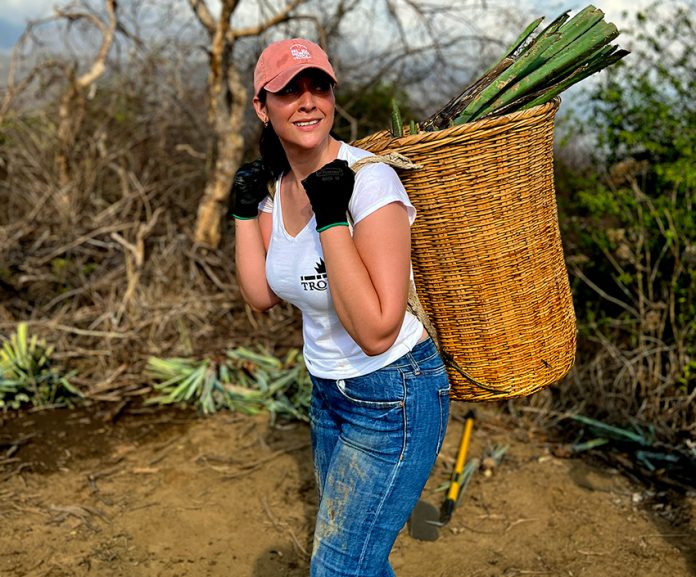Tequila is conquering the world, but the world is paying a price for it. In Mexico’s tequila-producing territory, trees are cut down, unique archaeological sites are plowed under and for seven years, the agaves are bathed in highly toxic pesticides. Then their flowers are cut, leaving them genetically anemic.
All of this leads to an imbalance in the ecosystem, loss of biodiversity and the cutting off of wildlife corridors.
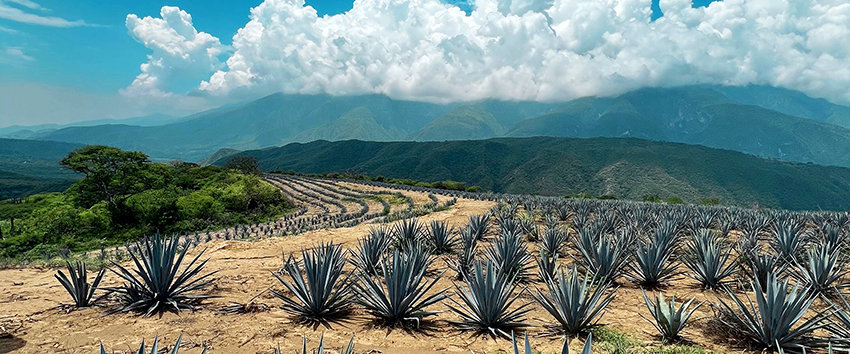
While many environmentalists look upon the scene with a jaundiced eye, a few members of the tequila industry itself have decided to try to do something concrete about the situation.
The Agave Rewilding Project (ARP) was developed by members of Tequila Tromba distillery, located in the Highlands of Jalisco.
Well-managed rewilding, according to the International Union for Conservation of Nature, rebuilds disturbed ecosystems using the plant and animal life that would have been present had the disturbance never occurred.
“Our mission,” says Tromba cofounder, Nick Reid, “is to rewild and reforest land damaged from the overcultivation of the blue agave for the production of tequila. In the next 10 years, we hope to rewild 1,000 hectares. Maybe it could be considered similar to generating carbon credits.”
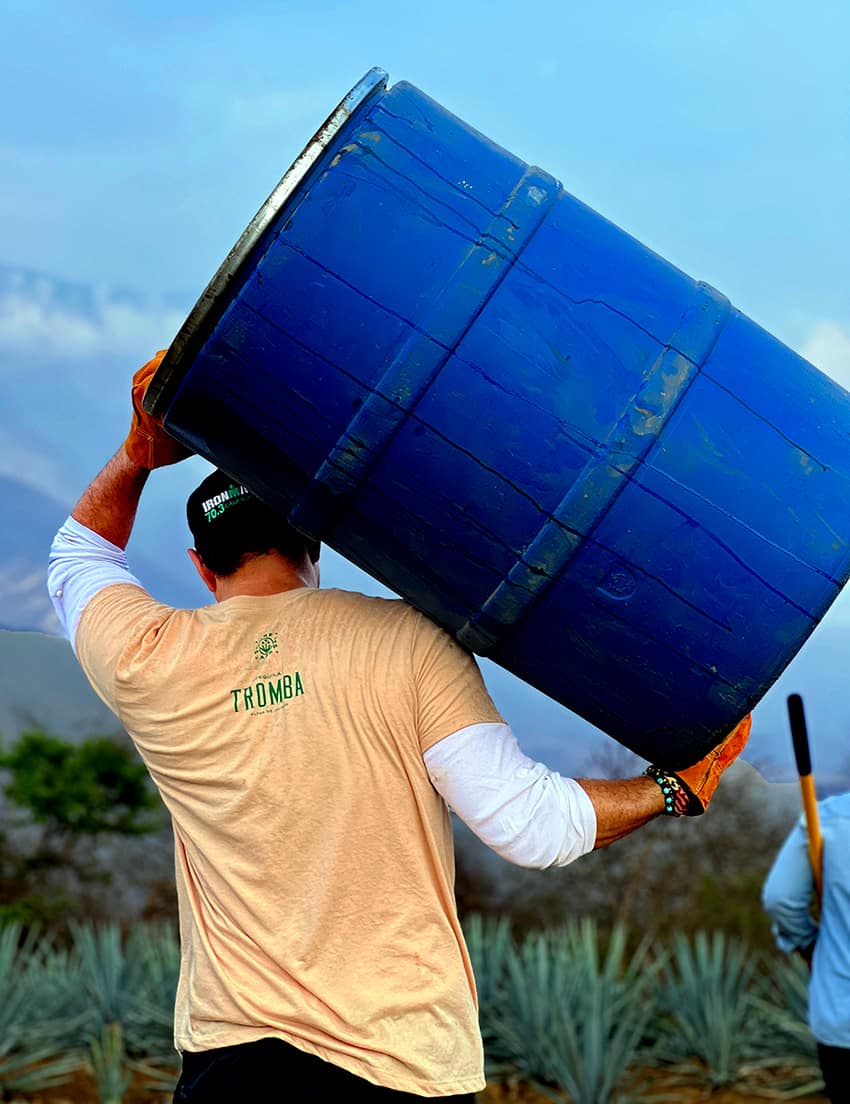
The Tromba crew began looking for land they could return to nature by planting endemic species of agaves and trees — not in rows, of course.
“Things started badly,” Reid told me. “We couldn’t find land for the project because avocados and blue agave are in such great demand.”
The team then began searching for terrain on the Jalisco side of the Colima Fire Volcano, where the techniques for producing mezcal were honed over centuries of experimentation.
Finally, with the help of the Municipal President of Zapotitlán de Vadillo, located 135 km southwest of Guadalajara, Reid was introduced to a rancher, 80 years old, with no children to inherit his land.
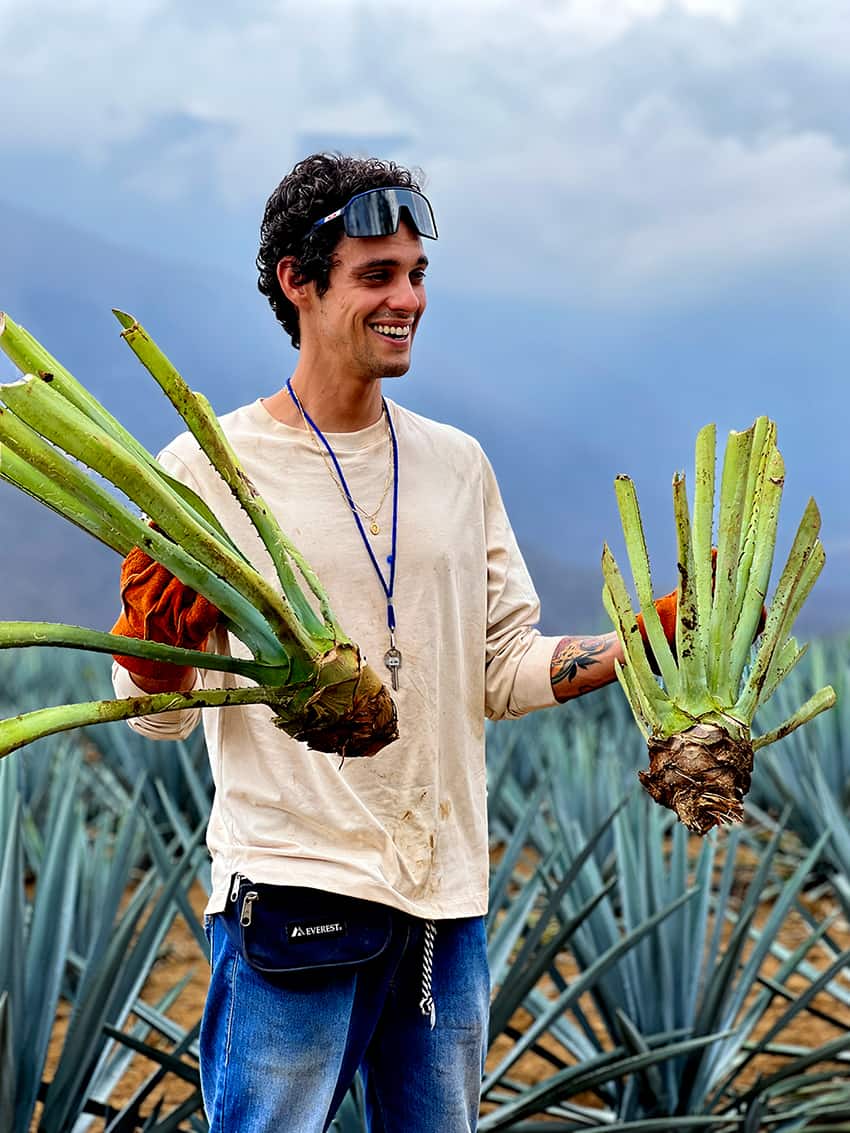
“We explained our project to him, but he didn’t really get it. However, in typical ranchero style, he said, ‘Haz lo que quieras. ¡Nada más págame!’ (Do what you want, just pay me!)
The team ended up with 28 hectares of rugged land ideal for their project, some of it still planted with agaves from the owner’s previous contract.
“Last year, I brought 30 people there,” said Reid, “and we planted 3,500 endemic agaves in one day: angustifolia and rhodacantha. I wanted to plant nothing but seeds, but we ended up doing half seeds and half hijuelos [offshoots or pups, which are genetically the same as their parent plant].”
In June of this year, 2023, ARP held its second rewilding event at the Zapotitlán site.
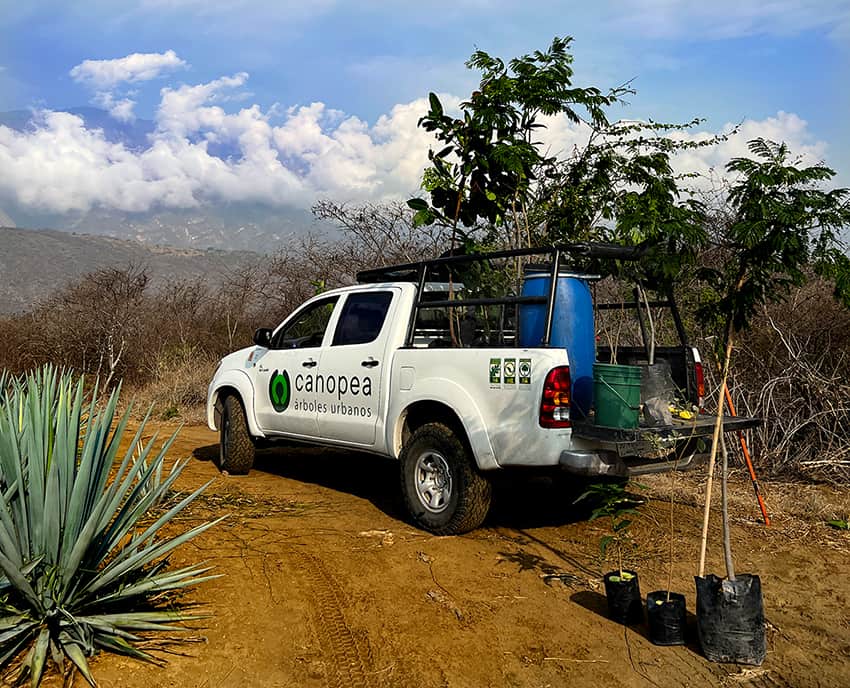
“Many of these folks were customers of Tequila Tromba: bartenders working in Toronto, Calgary, British Colombia, Denver, Los Angeles, New York and Miami,” said Reid. “They all stayed in the nearby town of Comala, Colima. They got up at 5:30 a.m., worked in teams of three, and planted 800 agaves — bartenders! Then they had lunch in Zapotitlán with the local people.”
The agave planters were joined by arboreal experts from an organization called Canopea, headquartered in Guadalajara. These volunteers planted 40 endemic varieties of trees
Other organizations now participating in the ARP are Revive — a nationwide network of plant nurseries for biodiversity run by reforesting experts — and the Txori Ornithological Foundation, which hopes to reintroduce Mexican macaws into the rewilded territory.
I asked Nick Reid which tequila brands readers should support, but he replied that it’s still too early for the team to provide a list of cooperative distilleries.

“At this point in our project,” Reid said, “we are looking for questions. Right now the tequila industry doesn’t have to come up with answers because there aren’t any questions. No one is asking them where their agaves come from, or what’s the environmental impact.
“You look at photos and you see beautiful blue-green fields. You don’t see any photos of the trees that were knocked down before those agaves were planted. So nobody’s asking: How many agaves are out there? How do they grow them? Do they use pesticides? Are they destroying forests to do this?”
Answers to these questions are hard to find, says Reid, due to “a disconnect between a lot of the distilleries and the farming operation. Some big companies like Cuervo grow their own, but there are many independent growers. One of the aims of the foundation is to get these questions going.”
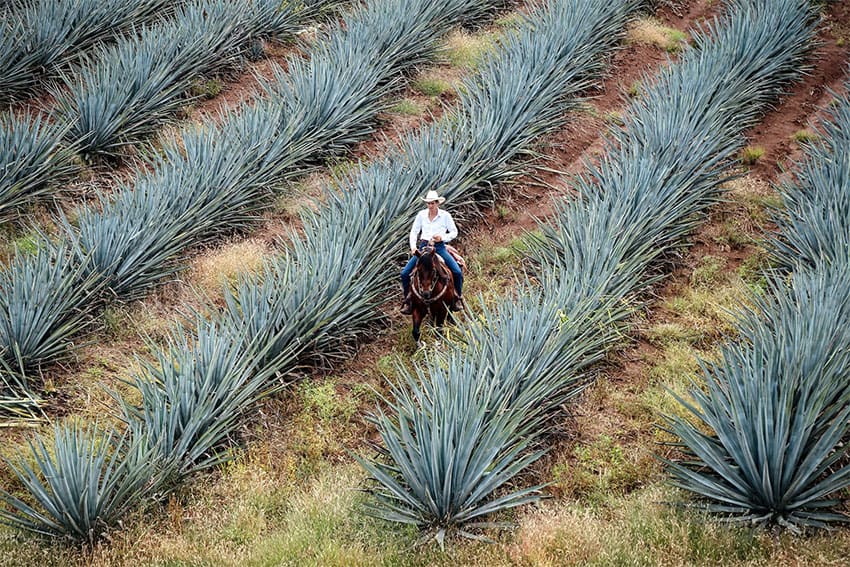
Reid says the price of agaves is now at its peak and will soon come down.
“So I would imagine that the immediate danger of deforesting will be reduced for the next five or six years because people won’t be planting. Now is the time for us to work on how we grow more sustainably. Do we mix the agaves with other crops? People have started to work on biodiverse agave farming, but we need to work together to do more.”
Nick Reid suggests what kind of question could be asked.
“Hey, Tequila Don Sinforoso, what do you know about the agaves you use? Do you know what pesticides they put on them? Is deforestation involved in the planting process? Do you even know where your agaves come from?”
The Agave Rewilding Project is a pilot program.
“We hope to see our plot of land bloom,” Reid said, “and we hope it will be home to animals and birds. It’s a pilot project, but if we succeed here, we’ll be able to do it anywhere in Mexico.”
The writer has lived near Guadalajara, Jalisco, since 1985. His most recent book is Outdoors in Western Mexico, Volume Three. More of his writing can be found on his blog.
